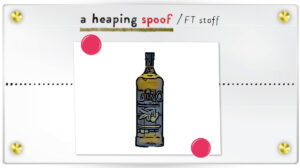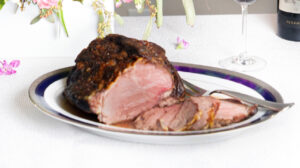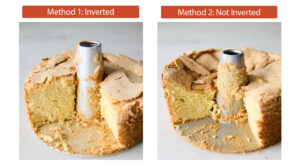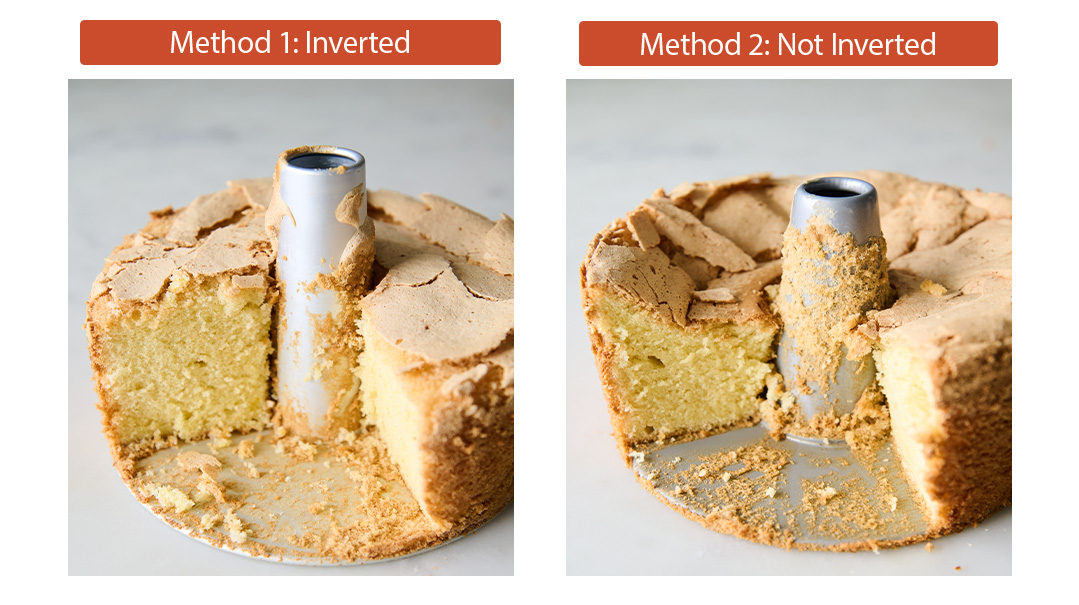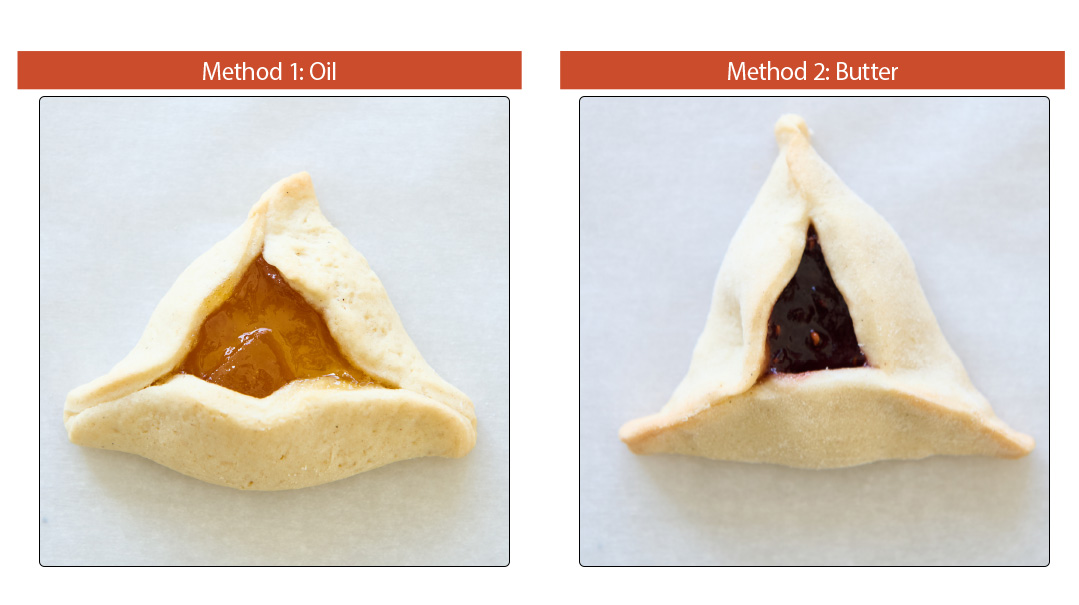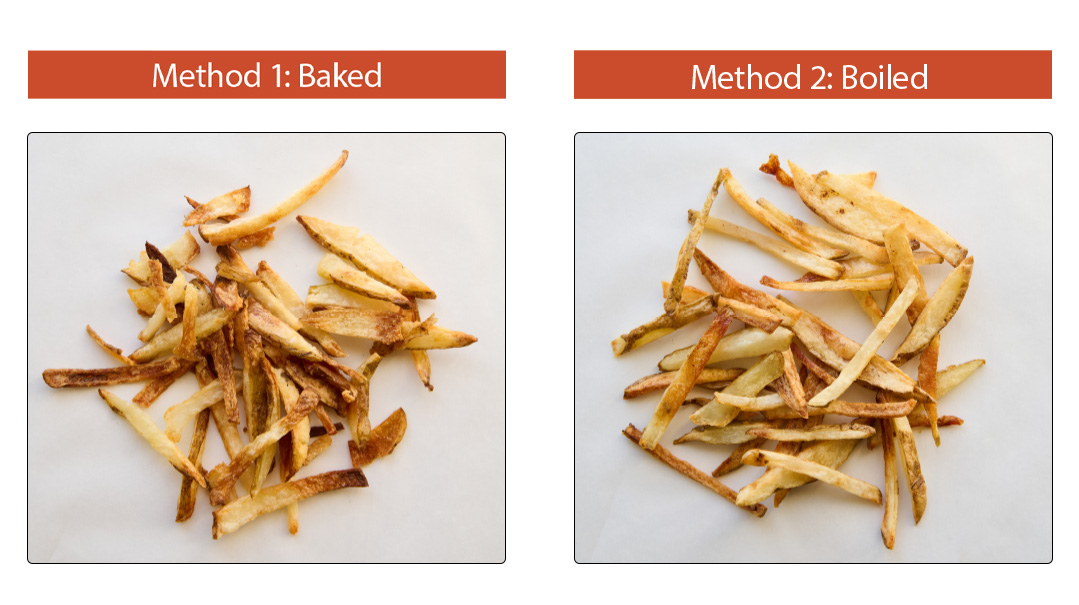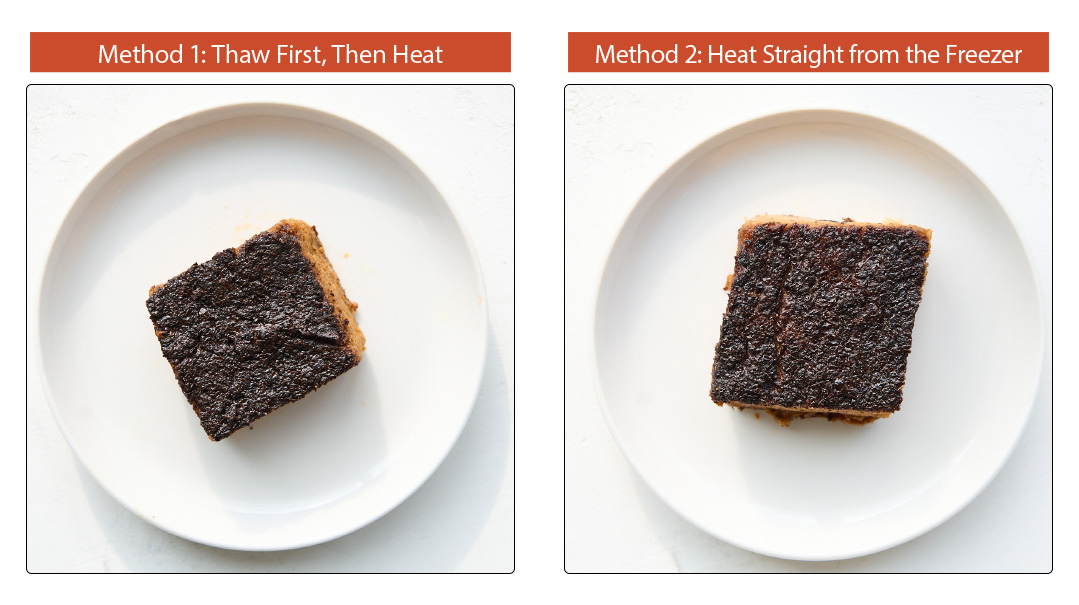Freezing Challah
| August 30, 2022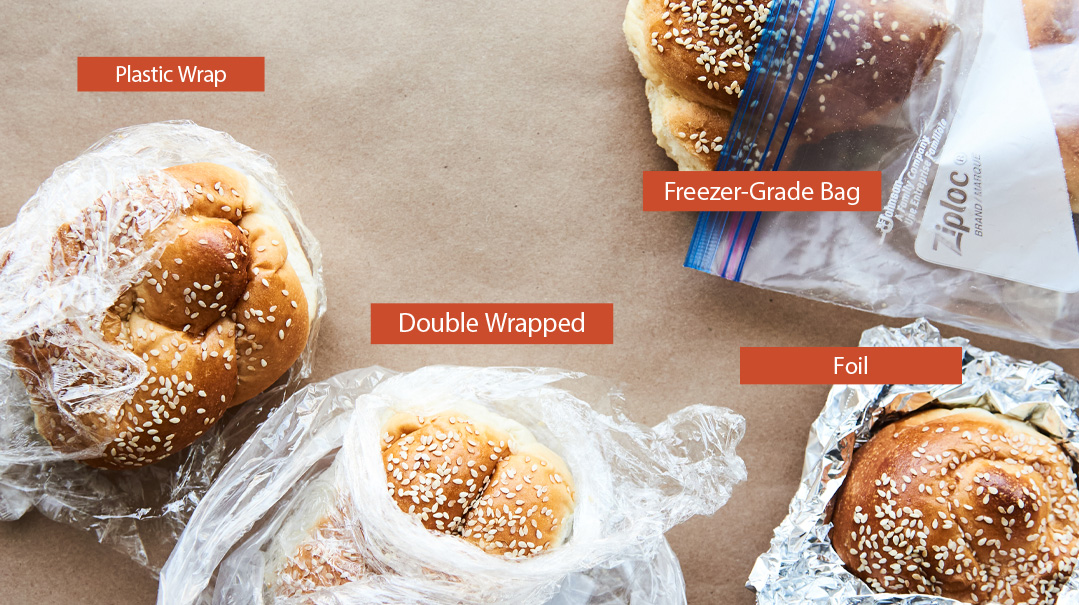
Photo Credit: Sina Mizrahi
I can think of nothing more pleasant than the smell of fresh challah baking. And then there’s the pure goodness of challah itself — soft, fluffy, and just so delicious. There’s a lot of love infused in each loaf and we want to maximize its shelf life. So the question begs to be explored: What’s the best way to preserve challah? Let’s do some research on freezing challah (and bread in general).
I’ll start by getting a bit scientific here so we have some context. There are two main processes that occur when bread goes stale: loss of moisture and the retrogradation and recrystallization of starch. (Sounds fancy, I’ll explain.)
Wheat flour contains large amounts of starch molecules, which form a crystalline (highly organized/defined) structure. Once mixed with water and baked, that structure breaks down and becomes more disorganized and gel-like (because of the water absorption), and that’s what gives bread its fluffy texture. As bread cools, the starches begin to regroup and return to their ordered crystalline structure again. It’s this gradual return (“retrogradation”) to the crystal state (“recrystallization”) that causes bread to harden and grow stale.
This process happens more quickly in cool environments than in warmer temperatures, which is why you shouldn’t store bread in the refrigerator. But the process slows dramatically when in freezing temperatures, which is why the freezer is the best place for your fluffy, delicious, freshly baked loaf of challah.
So what’s the best way to prep your challah for the freezer?
I tried all these methods before putting challah in the freezer:
- Wrapped in plastic wrap
- Wrapped in foil
- Placed in a freezer-grade plastic bag
- Wrapped in plastic wrap or foil and stored in a freezer-grade plastic bag
My Verdict
The enemy is always freezer air. Whichever method you choose, the main thing is to protect the bread from freezer air and excess air. That means sealing well and pressing out as much air as possible.
When it comes to short-term storage (up to 10 days), wrapping challah in plastic or foil yields similar results. I did find that the foil tends to peel back if the challah is shuffled around in the freezer, so keep that in mind.
When it comes to long-term storage (over 10 days, up to 3 months), wrapping in plastic wrap or foil and then storing in a freezer-grade plastic bag is the best way to go.
When you’d like to use the frozen loaf, you can thaw your challah in its wrap or bag. As it thaws, the loaf will reabsorb moisture. If the crust is a bit soft, restore it by warming it before Shabbos in a 350°F (175°C) oven for 8 minutes (before leaving it on the hotplate or blech).
If you want to enjoy the freshest challah Shabbos day, it’s best to freeze it after it has baked and cooled (even if you bake on Thursday or Friday), then thaw it overnight in the fridge Friday night or on the counter Shabbos morning and reheat. (Don’t leave the challah in the fridge after it’s defrosted, as mentioned above!) Since the process of the bread turning stale happens as soon as you remove it from the oven, it takes just one day to notice the difference.
(Originally featured in Family Table, Issue 808)
Oops! We could not locate your form.



